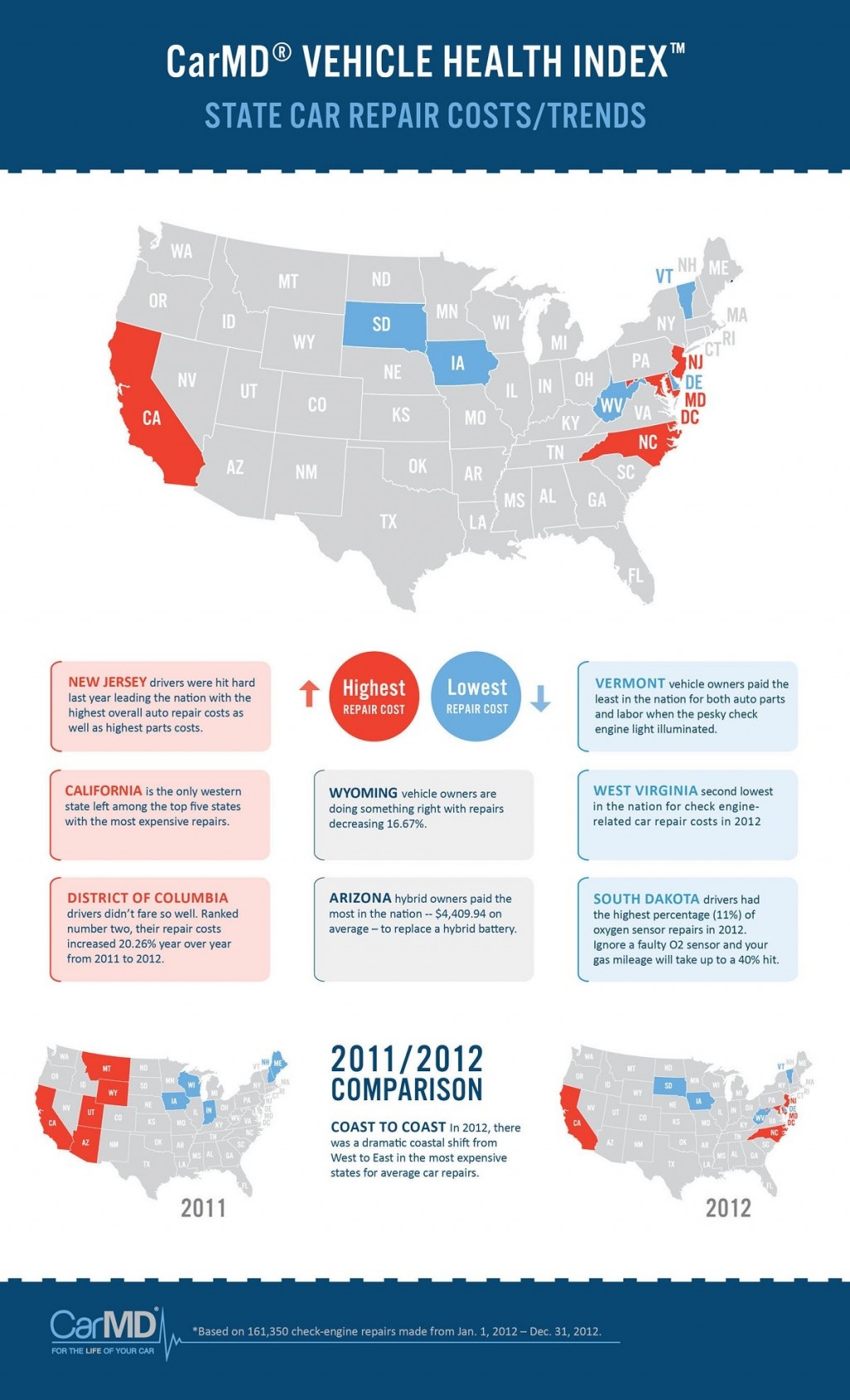Analyzing Your Automobile'S Warning Indicators: What They Actually Communicate
Analyzing Your Automobile'S Warning Indicators: What They Actually Communicate
Blog Article
Author-Boye Kejser
When you're behind the wheel, those beautiful caution lights on your dashboard can be a bit complicated. Do you know what they're trying to inform you regarding your vehicle's health? Comprehending the importance of these lights is crucial for your safety and the durability of your car. So, the next time one of those lights pops up, would not you intend to analyze its message properly and take the necessary actions to resolve it?
Common Warning Lights and Interpretations
Recognize typical warning lights in your car and recognize their definitions to ensure secure driving.
The most regular warning lights consist of the check engine light, which indicates issues with the engine or discharges system. If this light comes on, it's vital to have your car inspected promptly.
The oil stress advising light shows reduced oil pressure, calling for immediate interest to avoid engine damage.
A flashing battery light may suggest a malfunctioning charging system, potentially leaving you stranded if not dealt with.
The tire stress tracking system (TPMS) light signals you to low tire pressure, impacting lorry security and gas effectiveness. Disregarding this can bring about unsafe driving problems.
The abdominal light suggests a problem with the anti-lock braking system, endangering your capacity to quit rapidly in emergencies.
Lastly, https://www.chicago.gov/city/en/depts/bacp/supp_info/10_thingd_every_consumershouldknowaboutautorepair.html warning light warns of engine overheating, which can result in serious damage otherwise dealt with promptly.
Understanding these typical caution lights will certainly assist you address issues quickly and keep risk-free driving conditions.
Value of Prompt Focus
Understanding the typical caution lights in your car is just the very first step; the value of without delay dealing with these warnings can't be highlighted enough to guarantee your safety and security on the road.
When a caution light brightens on your control panel, it's your automobile's method of interacting a potential problem that requires interest. Ignoring these warnings can result in more extreme troubles later on, jeopardizing your safety and security and possibly costing you more in repairs.
Motivate attention to alerting lights can prevent failures and mishaps. As an example, a blinking check engine light might suggest a misfire that, if left neglected, can create damage to the catalytic converter. Addressing this without delay can save you from a costly fixing.
Similarly, a brake system cautioning light could signify low brake fluid or used brake pads, critical parts for your safety when driving.
Do It Yourself Troubleshooting Tips
If you observe a caution light on your control panel, there are a couple of DIY repairing tips you can try prior to looking for specialist assistance.
The very first step is to consult your automobile's manual to understand what the certain warning light indicates. Sometimes the issue can be as easy as a loose gas cap setting off the check engine light. Tightening up the gas cap may solve the problem.
An additional typical concern is a low battery, which can activate different alerting lights. Inspecting the battery connections for deterioration and guaranteeing they're protected may deal with the trouble.
If a warning light lingers, you can attempt resetting it by disconnecting the cars and truck's battery for a few mins and after that reconnecting it. In addition, examining your vehicle's liquid levels, such as oil, coolant, and brake fluid, can aid troubleshoot alerting lights connected to these systems.
please click the up coming website page
To conclude, understanding your cars and truck's caution lights is necessary for maintaining your automobile running smoothly and safely. By quickly addressing these signals and understanding what they mean, you can stay clear of pricey repair work and potential breakdowns.
Keep in mind to consult your auto's handbook for specific details on each alerting light and do something about it as necessary to ensure a hassle-free driving experience.
Stay notified, remain risk-free on the road!
